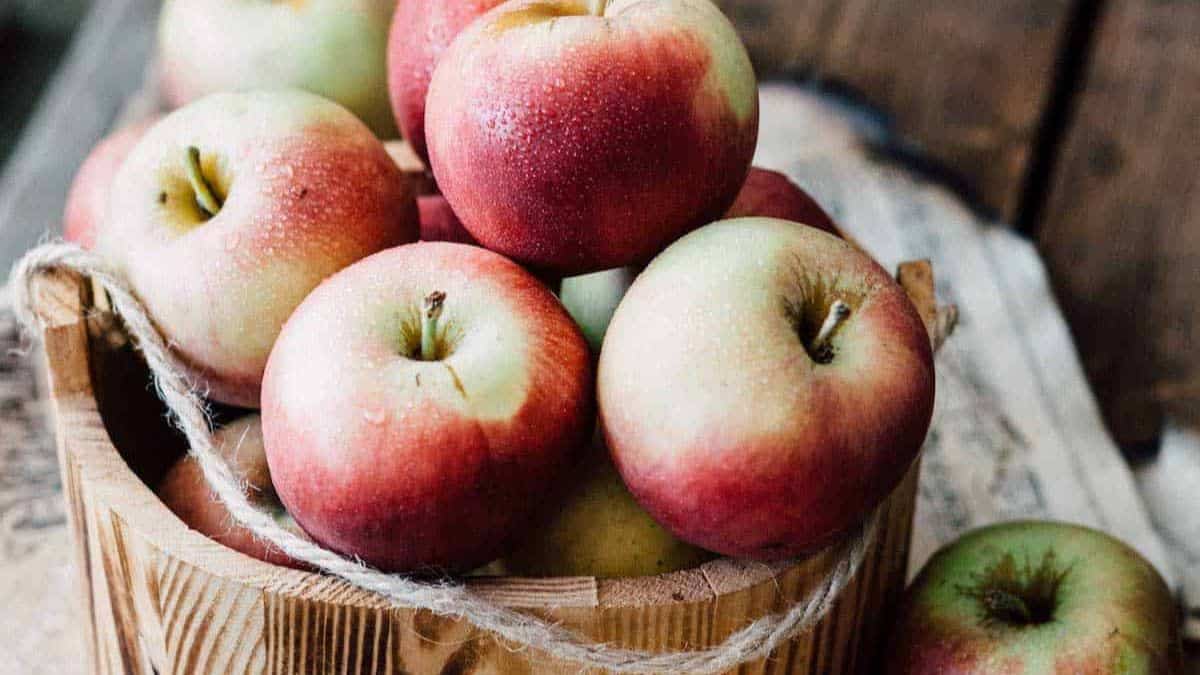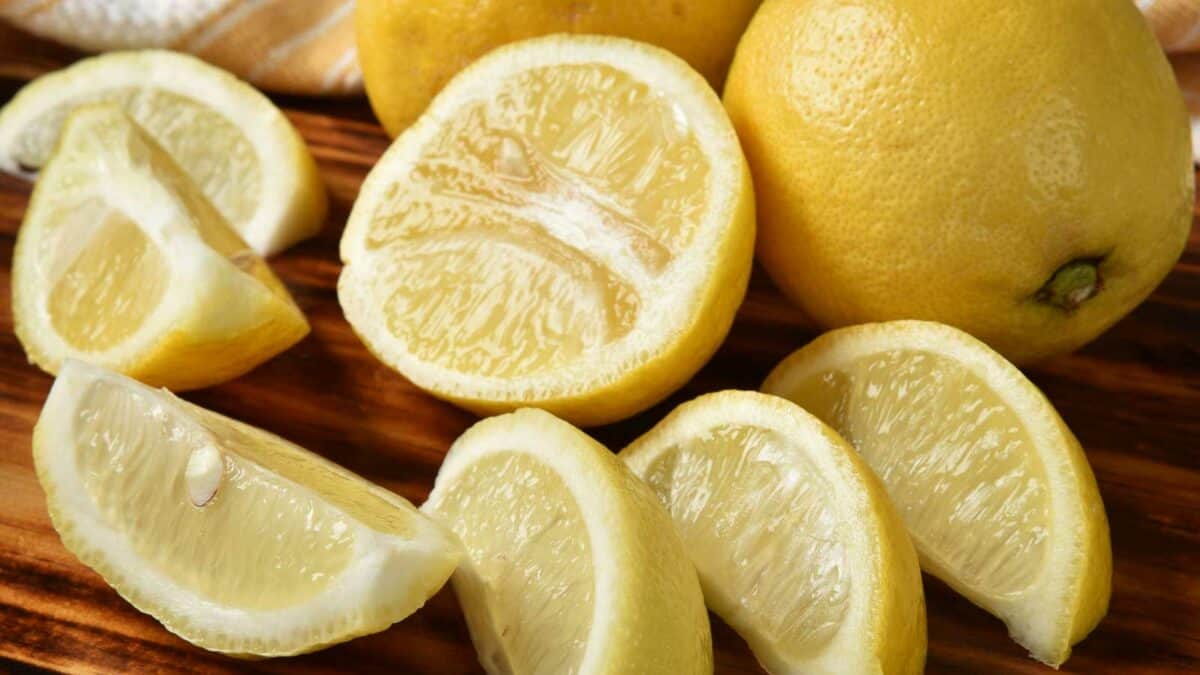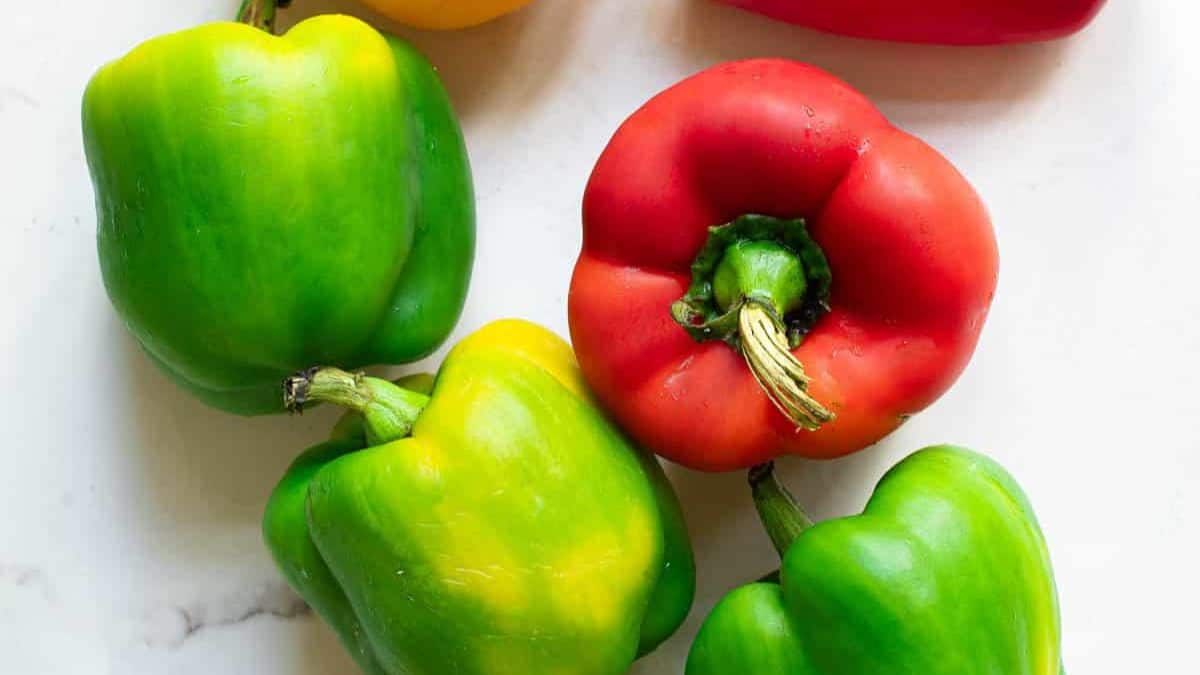As the seasons change, so do our allergy symptoms, often leaving us sniffly, sneezy, and downright miserable. But what if you could fight back with your fork? These incredible foods might just to that and help you combat those annoying seasonal allergies. From the anti-inflammatory powers of turmeric to the histamine-fighting punch of apples, dig into some tasty ways to potentially clear up those seasonal sniffles.

Local Honey

Eating small amounts of honey sourced from your local area may help your immune system gradually adapt to the specific pollen and allergens in your environment. The theory is that this slow exposure could make your body less reactive over time, especially if you consume it regularly before allergy season begins. While scientific evidence is still mixed, many people find it’s a natural, low-risk addition to their routine.
Turmeric

Turmeric contains curcumin, a compound well-known for its strong anti-inflammatory properties. Inflammation is a big part of what makes allergy symptoms feel worse, including congestion, sneezing, and itchy eyes. Including turmeric in your diet regularly, especially when combined with black pepper to help with absorption, may help reduce your body’s reaction to allergens and provide long-term support.
Apples

Apples are high in quercetin, a natural antioxidant that may help regulate histamine production in the body. Histamines are chemicals your immune system releases during an allergic reaction, often leading to symptoms like sneezing or watery eyes. Eating apples regularly may help reduce the severity of those reactions by calming the body’s inflammatory response.
Fatty Fish

Fatty fish like salmon, mackerel, and sardines are rich in omega-3 fatty acids, which have been shown to help reduce inflammation throughout the body, including in the respiratory system. Chronic inflammation can make allergy symptoms worse, so including fish in your weekly meals may help ease nasal congestion, sinus pressure, and itchy eyes during peak allergy times.
Yogurt

Yogurt contains probiotics, or beneficial bacteria, that support gut health and help regulate the immune system. Since allergic reactions are tied to how your immune system responds to perceived threats, keeping that system balanced can potentially reduce the severity of allergy symptoms. Choosing plain yogurt with live cultures is a simple way to work probiotics into your daily routine.
Pineapple

Pineapple is a natural source of bromelain, an enzyme that may help reduce nasal swelling and improve breathing by thinning mucus. Bromelain has also been linked to anti-inflammatory effects, which can help soothe the respiratory system during allergy flare-ups. Eating fresh pineapple or drinking its juice may provide noticeable relief during pollen-heavy months.
Green Tea

Green tea contains a compound called EGCG (epigallocatechin gallate), which may help block histamine production and reduce inflammation. Drinking green tea regularly could help limit your body’s reaction to allergens like pollen or dust. It’s also hydrating and easy to sip throughout the day, making it a good support for respiratory health during allergy season.
Garlic

Garlic is packed with anti-inflammatory compounds and has been shown to boost immune function, which can help your body respond more appropriately to environmental triggers. It may also help break up mucus and relieve congestion, two common issues during allergy season. Cooking with garlic regularly is an easy way to support immune balance and respiratory comfort.
Lemons

Lemons are rich in vitamin C, a key antioxidant that supports immune health and may help reduce the body’s release of histamines. Drinking lemon water or adding fresh lemon juice to meals can help your body stay hydrated and better equipped to handle allergens in the air. Regular intake may contribute to less severe allergy symptoms over time.
Walnuts

Walnuts contain both vitamin E and magnesium, two nutrients that may support lung function and help reduce inflammation. Magnesium can help open up airways and ease tightness, while vitamin E works as an antioxidant to protect your cells from damage during allergic reactions. A small handful a day can be an easy, nutrient-rich snack during allergy season.
Ginger

Ginger has natural antihistamine and anti-inflammatory properties that may help reduce congestion, sinus pressure, and overall irritation in the nasal passages. It can be used fresh, grated into meals or brewed into tea, to provide consistent support for respiratory health. Including ginger regularly in your diet is one way to help keep inflammation in check.
Peppers

Bell peppers are packed with vitamin C, which plays a major role in strengthening the immune system and reducing histamine levels. Red peppers in particular contain more vitamin C than oranges and can be eaten raw, sautéed, or roasted. Including them in your meals can support your immune defenses and possibly reduce allergy symptoms before they start.
11 Ways To Boost Your Energy Without Caffeine

Feeling tired during the day can make everything seem like a chore. Whether you’re working from home or in an office, maintaining consistent energy levels without relying on endless cups of coffee can be a challenge. Luckily, there are several natural ways to boost your alertness and vitality that don’t involve caffeine. From diet tweaks to simple lifestyle changes, here’s a guide to invigorating your day, naturally.
Read it Here: 11 Ways To Boost Your Energy Without Caffeine
7 Common Foods Dogs Are Allergic To And What To Do About It

Ever wonder why your dog starts scratching like there’s no tomorrow or gets those mysterious tummy troubles? It might be more than just a bad day; it could be a food allergy. These aren’t your run-of-the-mill immediate reactions; food allergies in dogs usually show up after they’ve been eating the same thing for a while.
And guess what? It’s usually not grains causing the fuss but proteins. While not as common as those pesky seasonal sniffles or reactions to fleas, food allergies do affect our furry friends, and figuring out the culprit ingredient can really turn things around for them.
Read it Here: 7 Common Foods Dogs Are Allergic To And What To Do About It
*Select images provided by Depositphotos.
Gina Matsoukas is an AP syndicated writer. She is the founder, photographer and recipe developer of Running to the Kitchen — a food website focused on providing healthy, wholesome recipes using fresh and seasonal ingredients. Her work has been featured in numerous media outlets both digital and print, including MSN, Huffington post, Buzzfeed, Women’s Health and Food Network.








